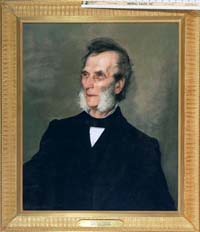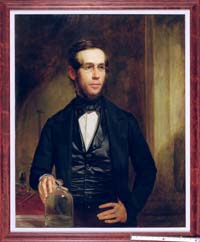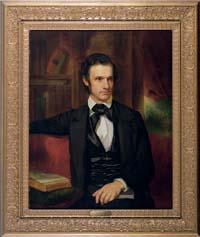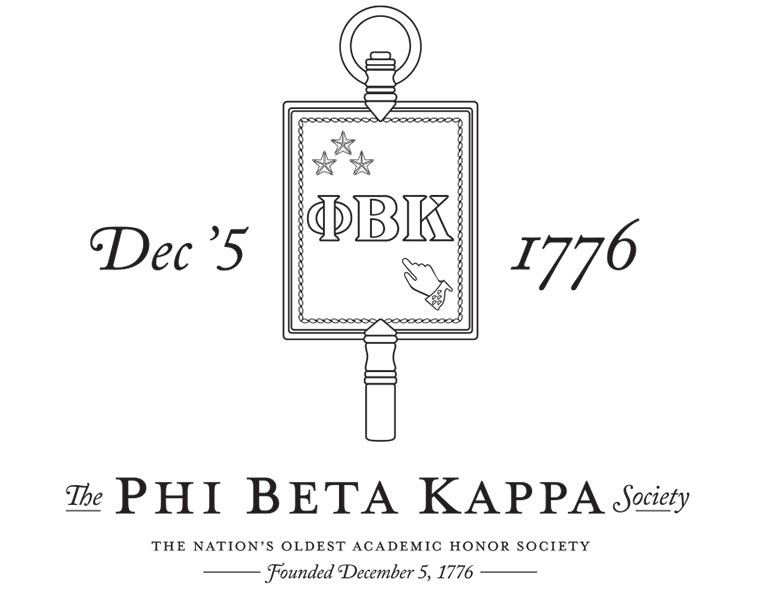The Daily has partnered with University Archives to shed light on Case Western Reserve University’s history each month. Follow The Daily to get your fill, and check out Digital Case to find even more information.
This past weekend, more than 2,500 graduating students received their diplomas during Case Western Reserve University’s convocation and school ceremonies.
Among them were several high-achieving undergraduate students from the College of Arts and Sciences who were elected to Phi Beta Kappa, the nation’s oldest and most prestigious honor society. Election is one of the highest national academic distinctions that indicate a student’s intellectual breadth and accomplishment, and benefits of lifelong membership include access to a diverse network of achievers, awards and grants, and national recognition that members can list on resumes.
During the American Revolution in 1776, five students at the College of William and Mary founded Phi Beta Kappa as a secret society to discuss controversial topics due to the strict curriculum that minimally allowed opportunities to hold discussions and debates.
Over the next two centuries, Phi Beta Kappa grew alongside the American higher education system into the prestigious organization known today for recognizing academic excellence across nearly 300 collegiate campuses nationwide—including Case Western Reserve.
Early campus beginnings
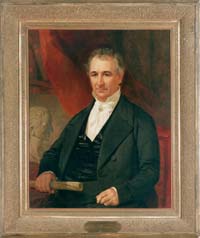
Before the William and Mary chapter was suspended when the college temporarily closed during the Revolutionary War, Phi Beta Kappa granted charters to the Alpha of Massachusetts chapter at Harvard University and the Alpha of Connecticut chapter at Yale University.
According to Western Reserve University historian Frederick C. Waite, the connection between Yale and Western Reserve College led to the Alpha of Ohio chapter on today’s Case Western Reserve campus.
With the organization growing across collegiate campuses nationwide, six faculty members—five of whom were Yale graduates and members of Phi Beta Kappa—petitioned the Alpha of Connecticut chapter to establish a charter at Western Reserve College in 1841. Following a pending approval, the chapter at Yale granted one to the college on Oct. 19, 1847.
Nine days later, the Alpha of Ohio chapter became the society’s 10th chapter in the country and the first west of the Allegheny Mountains with charter members that included: WRC president George E. Pierce, Elijah P. Barrows, Henry Noble Day, James Nooney Jr., Samuel St. John, Nathan P. Seymour, Samuel C. Bartlett and Clement Long.
A divided chapter
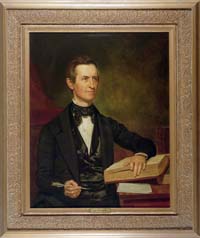
Until 1882, the chapter was commonly referred to as the Alpha of Ohio chapter at Western Reserve College. After the college moved from its Hudson campus to Cleveland and became Adelbert College of Western Reserve University, the Alpha of Ohio chapter became known as the Alpha of Ohio at Adelbert College. Around the turn of the 20th century, faculty members at the former College for Women voted to petition for their own chapter with endorsements by five other Phi Beta Kappa chapters.
In 1904, the Alpha of Ohio chapter committee outlined a plan concerning a charter for the College for Women, which was meant to be presented to the Senate of the United Chapters, but a separate chapter wasn’t granted because of rules stating that closely affiliated institutions could not receive two charters.
However, members of the women’s college could gain membership through Alpha of Ohio, which established the College of Women section of Alpha of Ohio in 1906. After July 1931, the business of the two factions was conducted by an executive council of six members, three of which came from Adelbert College and the other three from the College of Women, renamed the Flora Stone Mather College for Women.
Gender determined student membership within the two sections until they merged in 1972 following the merger of the three undergraduate colleges: Aldebert College, Cleveland College and Mather College.
Continuing the legacy
Today, the Alpha of Ohio chapter of Phi Beta Kappa continues to advance the organization’s chosen motto, “Love of Learning is the Guide to Life,” on the Case Western Reserve campus, with membership still recognized as a distinct honor. Faculty and staff members who are also a part of the honor society elect the highest-achieving undergraduates pursuing degrees in the College of Arts and Sciences—typically granting membership to no more than 10 juniors and 50 to 60 seniors (and January graduates).
